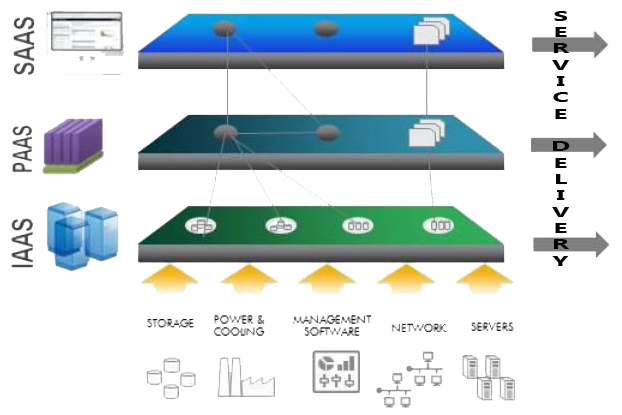Radio
“I was always fascinated by engineering. Maybe it was an attempt maybe to get my father’s respect or interest, or maybe it was just a genetic love of technology, but I was always trying to build things.”
— James Cameron

It’s been more than a decade that “cloud computing” as a modern term is around us. I think that the technology was available and in use for much more time. The example is the good old web hosting. You were able to purchase a domain name and hosting by nothing but a few clicks and a credit card long before anyone even mentioned Cloud computing?! When the industry needed a new racing horse, entrepreneurial marketing gurus and CEO`s seized the opportunity. They made a sounding name and started selling it as a separate and unique technology.
I would make a bold statement and say that cloud computing has its roots in engineers laziness. I mean we do not like repetitive tasks, don’t we? So we started working on automatization in a way that it would do those tasks for us. When enough automation happened, there was a possibility to pack it and sell it as a product or set of products, labeled as Cloud – something.
There goes another bold one. Virtualization was and still is foundation pillar of cloud computing. It made enough difference and free time so smart people were able to do more creative things than just the usual work.
If we talk about the date of origin of the cloud computing as a term in modern days it would be August 9, 2006, when Google CEO Eric Schmidt introduced the term to an industry conference.

It would be using ICT resources from within the organization, or from somebody else’s platform, (typically Storage, Memory, CPU, Networking, OS, and Applications) with a few practical advances. Those advances are: Easiness of use, Self-service, Scalability, Anytime anywhere access, and Pay per use. Cloud services could be divided by type into Public, Private or Hybrid. Next type of classification is by form. There is Infrastructure as a Service, Platform as a Service, and Software as a Service or IaaS, PaaS, and Saas. I will not write about those into much details, there are plenty of articles around, so if interested, just Bing it or Google it or research however you prefer. Just a few definitions in the next paragraph.
Cloud computing solution in which organization, in this case, Service provider, offers resources like virtual machines, applications, network or a storage for third party users, like general public typically over the Internet.
Cloud that organization hosts on-premises, for itself and its users. It delivers same advantages of cloud computing like self-service and scalability.
Hybrid cloud is the environment which uses a mix of on-premises, private cloud and third-party, public cloud services with automatic orchestration between the two or more platforms. Regarding user experience, it is a single platform.

It is a form of cloud computing that provides computing resources for free or for rent over the Internet. In this model cloud service provider hosts hardware, servers, networking equipment, storage, software and other infrastructure equipment in order to provide infrastructure service for its users. It is a usually base foundation for other forms of cloud computing like Paas and SaaS.
In this form of cloud computing cloud service provider has hardware (it would be Iaas) and on top of it some software tools, usually needed for application development, and it provides it to its users as a service over the Internet.
Is a cloud computing model for software distribution. It means that cloud service provider hosts applications and makes them available over the Internet. Again IaaS is the foundation and software sit on top of it.
Read more of this article »Posted in Internet, Tech Tavern Tagged with: Automation, Cloud computing, Internet, Virtualization